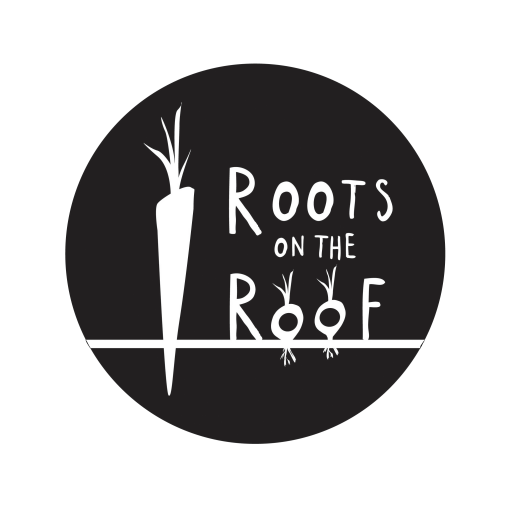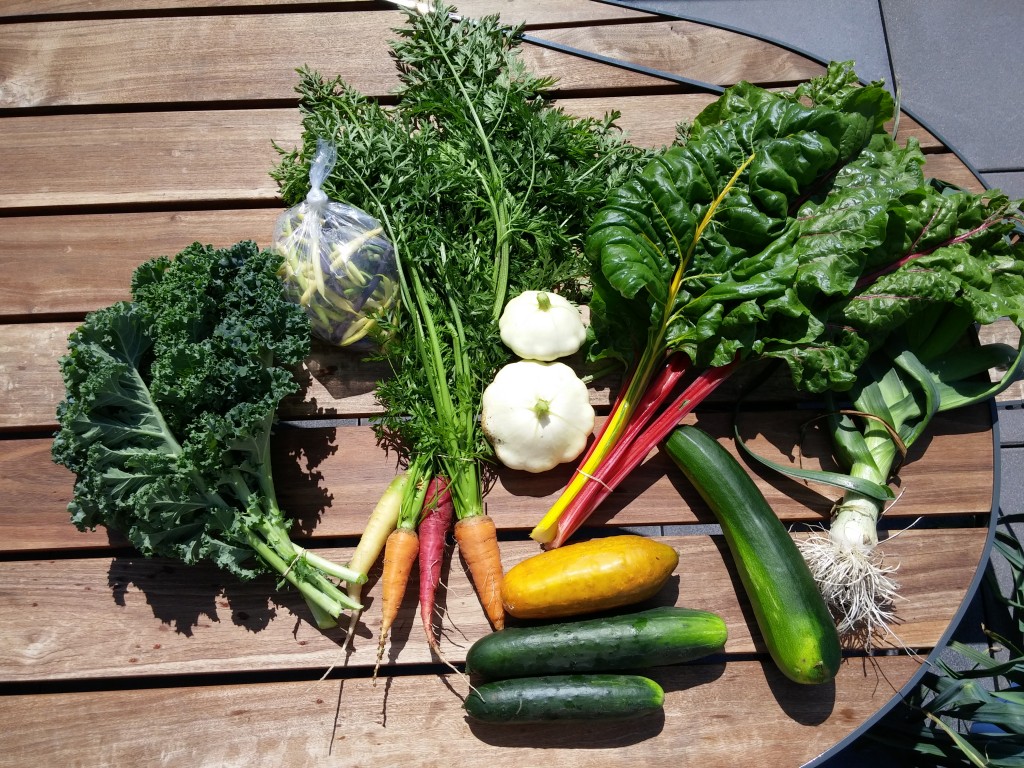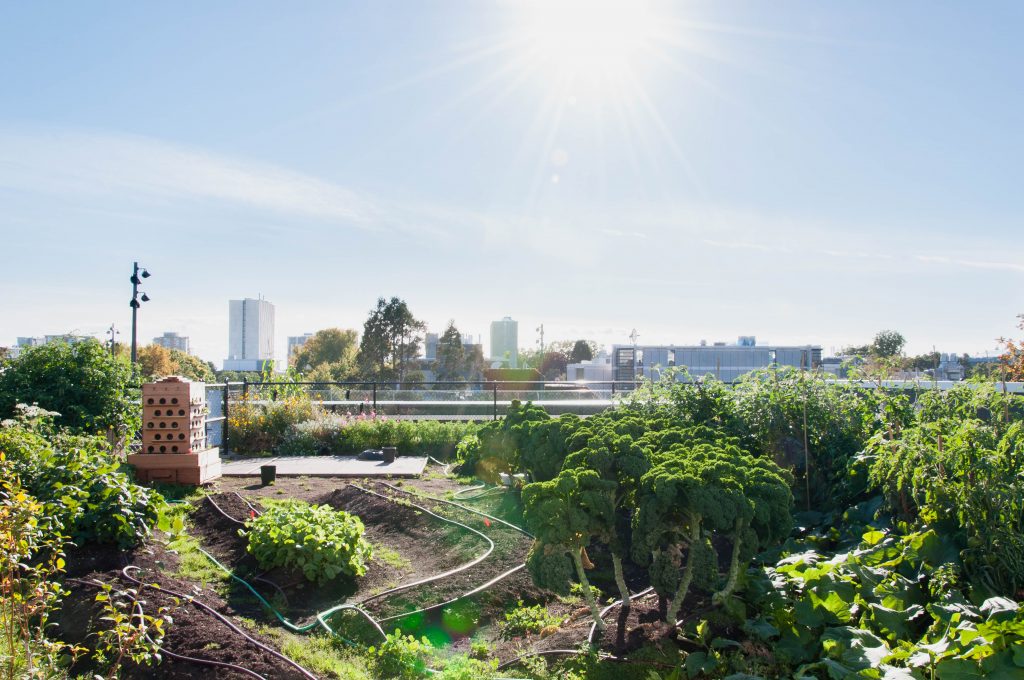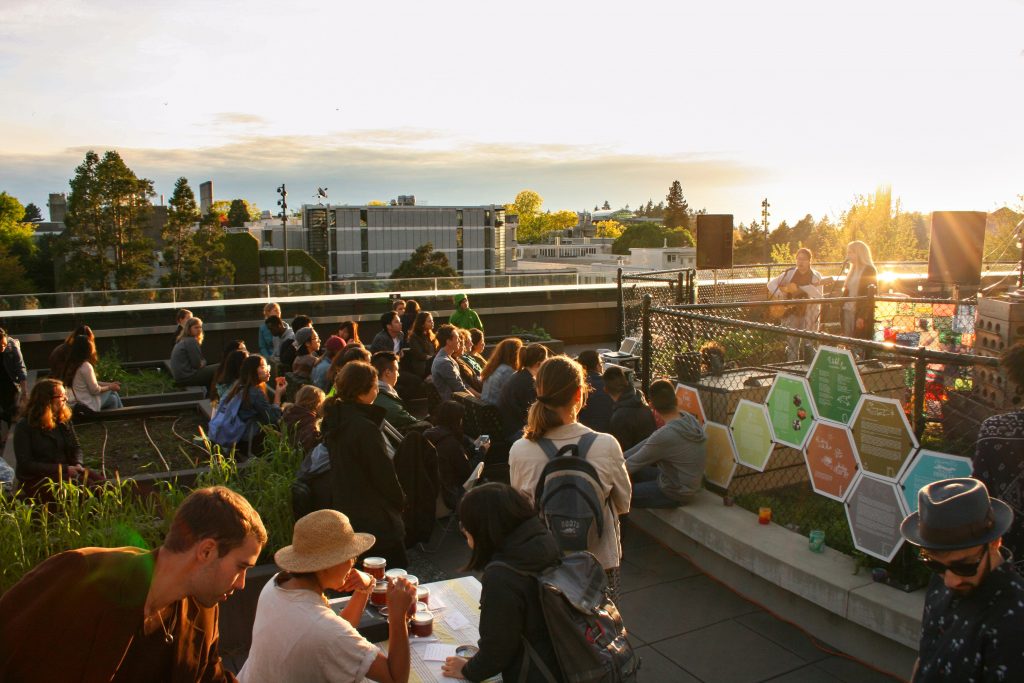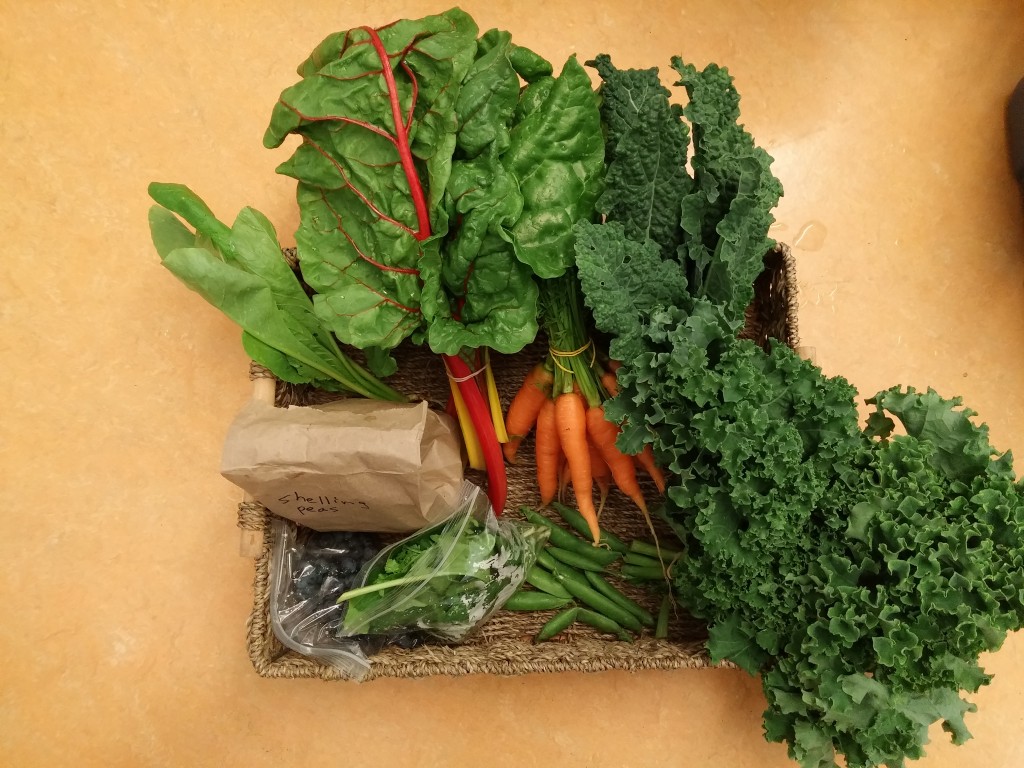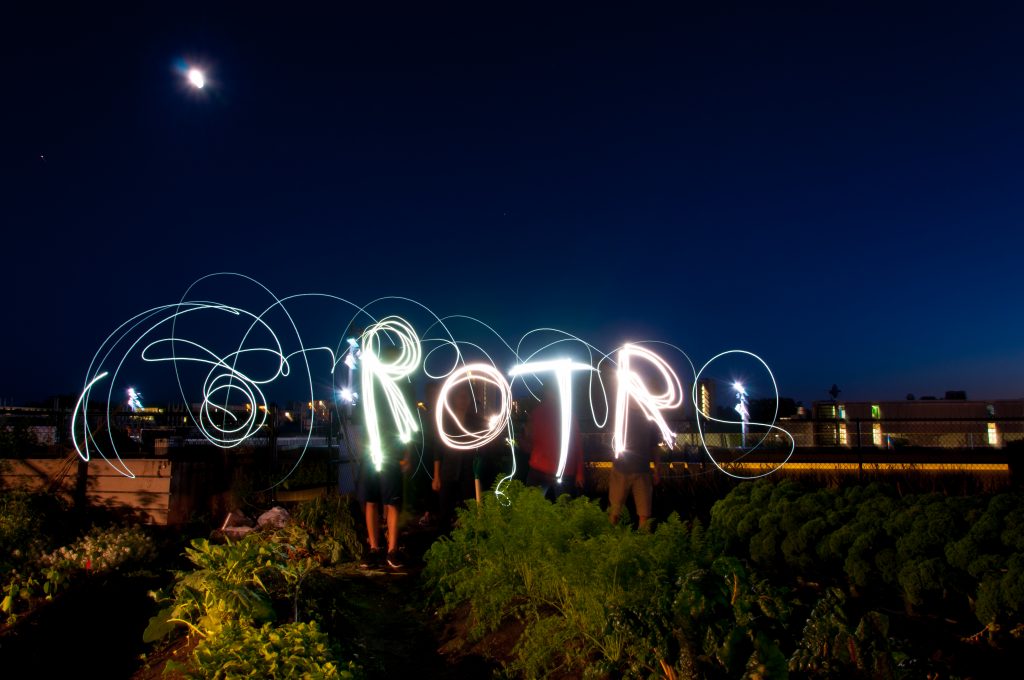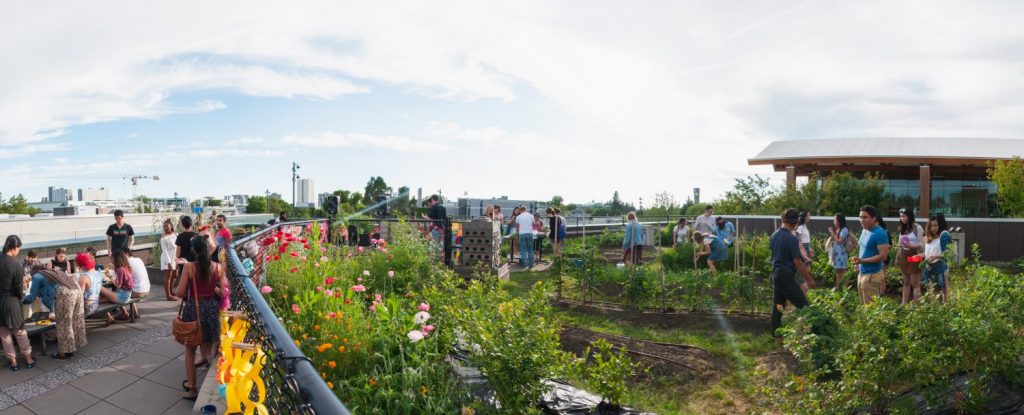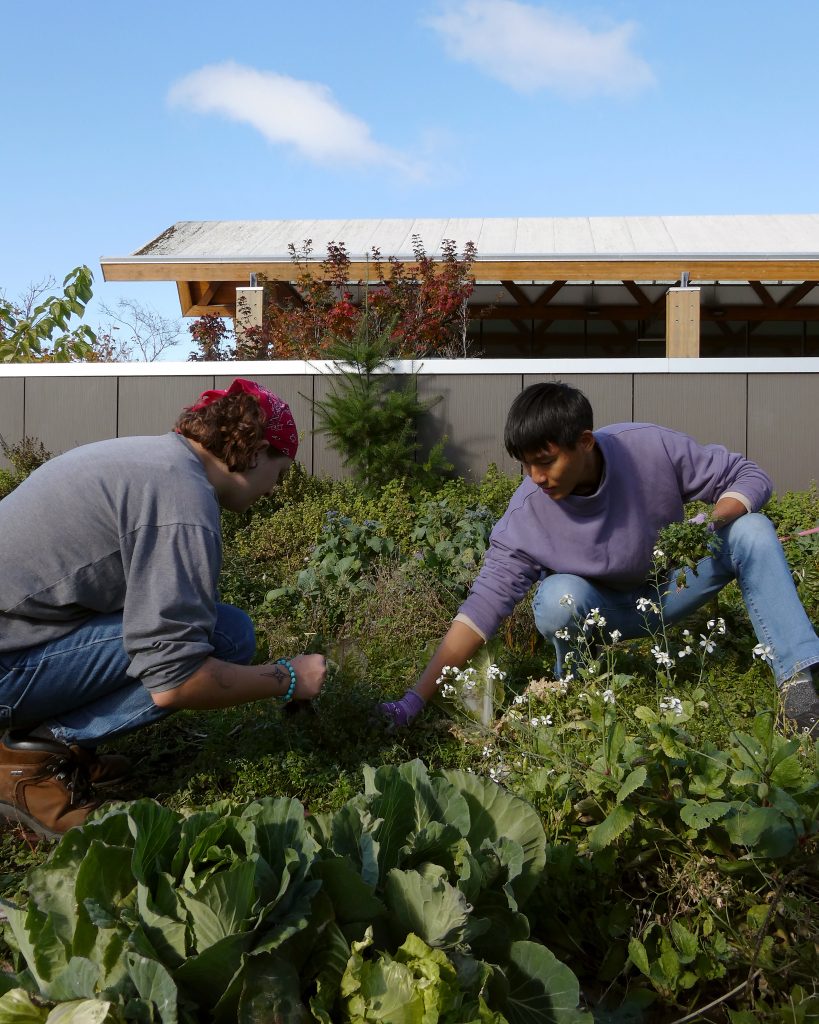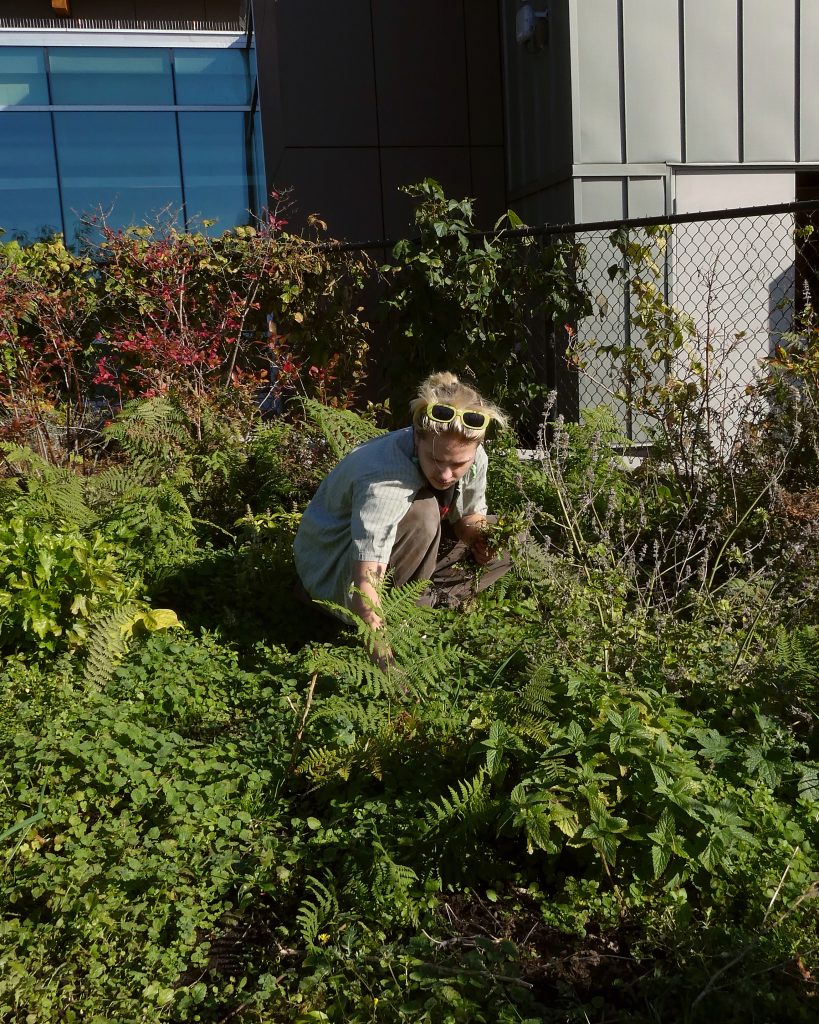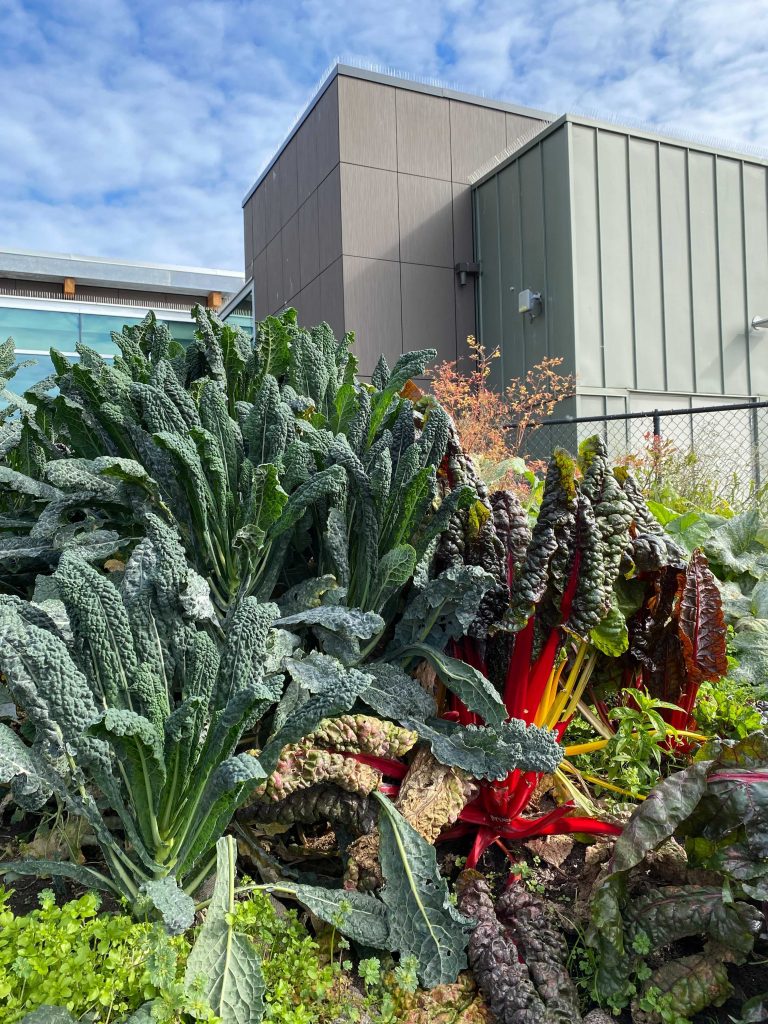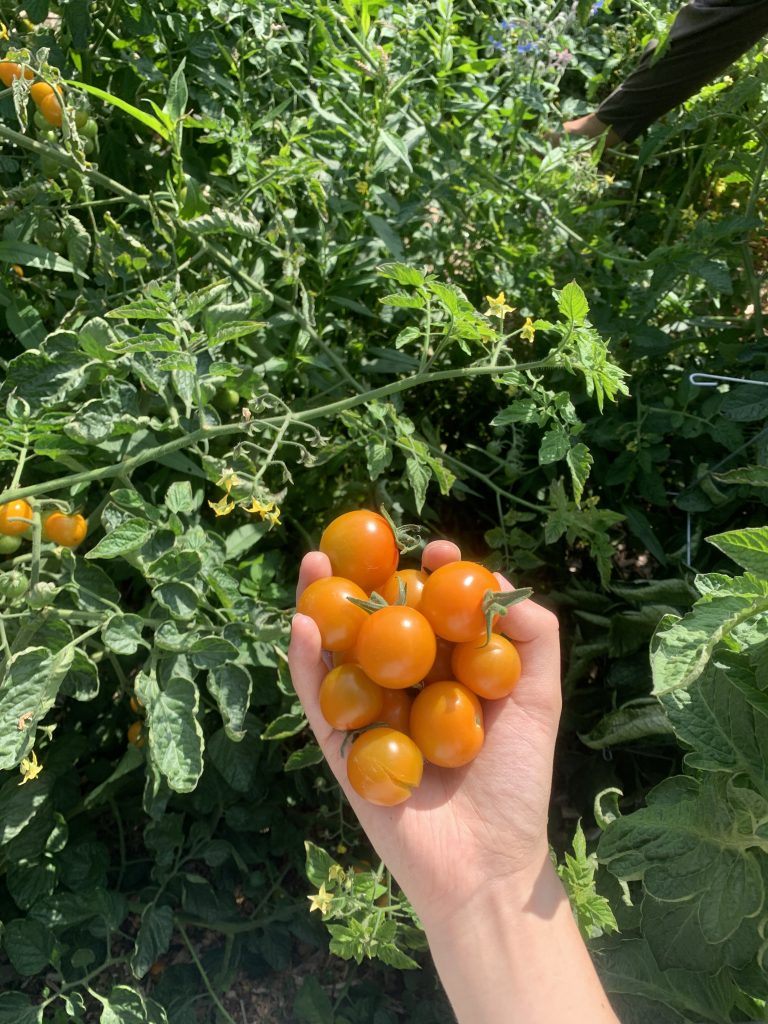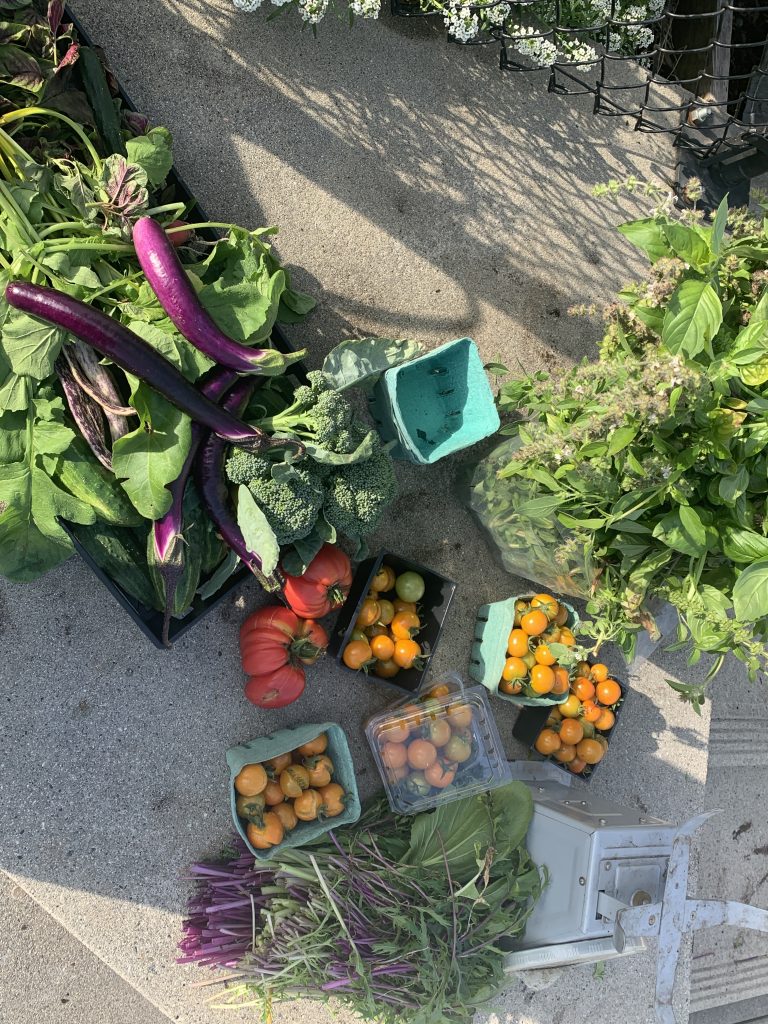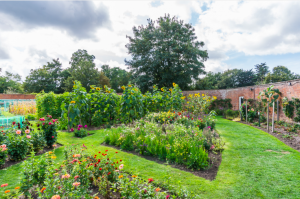The first step to starting a garden is to decide where to put it. There are several points to consider when it comes to placing the ideal garden:
1. Identify where any utility lines and sewage is and if your gardening will interfere with them. Dig Safe Canada can help you mark the location for underground infrastructure and in the US 811 is the national call before you dig number. A garden is unlikely to require digging deeply enough to hit utility lines but it is recommended you make yourself aware of before any landscaping.
2. Familiarize yourself with local government rules around gardening. Some communities have guidelines on fence placement and how close you can get to property borders.
3. Once that’s out of the way, it’s time to assess your location. The best option is a flat expanse of soil with good drainage.
4. Sunlight is also important to take into account. The ideal amount of sunlight will depend on what you are trying to grow, but vegetable gardens typically require several hours of full sun a day to thrive. Pick a clear day to observe how the sun travels across the yard and make note of which areas receive the most light. It can help to draw a map every two hours of where the light is falling and compare them at the end of the day to identify the sunniest area.
5. The last factor to consider is the soil type. Soil composition, pH, and moisture are all important to be aware of. You can buy your own soil tester or simply take a soil sample and send it to a local university or government agency offering soil tests. They will send you back the results with instructions on what soil amendments to make. For example, the ideal soil pH is 6.00. Adding pine needles can lower pH if needed, and agriculture lime will raise pH. Making these simple adjustments can make a big difference to the long term success of your garden.
6. If you live in a densely populated urban area be wary of planting directly into the soil of your yard, as it may contain dangerous levels of lead, arsenic, or mercury. Ask your soil testing agency to check for toxins as well.
These are the basics! Armed with this information you can choose the best location for your garden plot and build the best style of garden for your yard.
